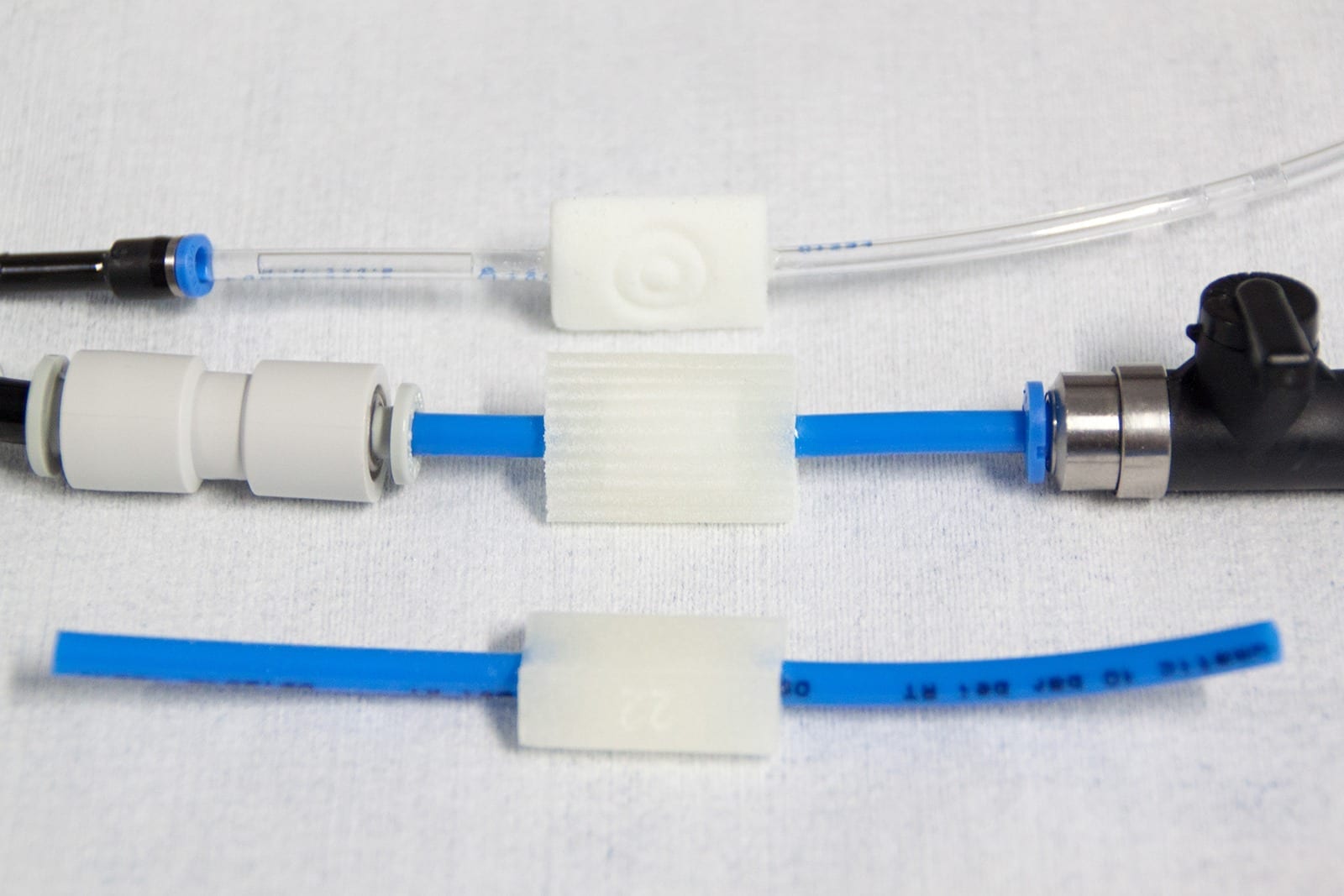
Her laptop brims with satellite images pitted with thousands of black dots, evidence of excavations across Egypt where looters have tunneled in search of mummies, jewelry and other valuables prized by collectors, advertised in auction catalogs and trafficked on eBay, a criminal global black market estimated in the billions of dollars.
“For the first time technology has gotten to the point where we can map looting,” said Sarah H. Parcak, a pioneering “satellite archaeologist,” founding director of the University of Alabama at Birmingham’s Laboratory for Global Observation and an associate professor there.
Satellite eyes in the sky, which have transformed the worldwide search for buried archaeological treasures, are now being used to spy on the archenemies of cultural preservation: armies of looters who are increasingly pockmarking ancient sites with illicit digs and making off with priceless patrimony.
Nowhere is the tracking effort more advanced than Egypt, where a program led by Dr. Parcak and funded by the National Science Foundation and National Geographic has targeted thievery that, experts say, worsened after the chaos of the 2011 revolution.
And now, in a powerful endorsement of work that may bolster efforts to cripple looting across the Middle East and the rest of the world, TED, the nonprofit forum with the motto “ideas worth spreading,” is scheduled on Monday to announce that Dr. Parcak, 36, has won its most prestigious award — a $1 million prize to develop a project of her choice. Details of the project are to be revealed in a live broadcast of her talk at the TED conference in February in Vancouver, British Columbia.
Looting and destruction in Iraq and Syria by the Islamic State, also known as ISIS, have drawn more attention in recent months. And cultural thievery remains a problem in Egypt, where last week the government seized 1,124 stolen artifacts at the port of Damietta. They were en route to Thailand, according to the Al Bawaba news service.
Tracking the Looting of Archaeological Sites
Archaeologists use satellite images like the ones below to track possible looting of artifacts at ancient burial sites. The first two images show an area south of Cairo, where the underground tombs of wealthy Egyptians from the Middle Kingdom, circa 2030-1640 B.C., are located.
Barely 1 percent of the world’s likely archaeological sites have been identified or explored, Dr. Parcak said, so countless sites remain to be discovered by scientists or looters.
Read more: TED Prize Goes to Archaeologist Who Combats Looting With Satellite Technology
The Latest on: Looting of archaeological sites
[google_news title=”” keyword=”Looting of archaeological sites” num_posts=”10″ blurb_length=”0″ show_thumb=”left”]
via Google News
The Latest on: Looting of archaeological sites
- Archaeological site robbery report leads to ancient discoveries in Peru, officials sayon May 7, 2024 at 9:48 am
It’s known as the Lauri Archaeological Site, and it was once home to the Chancay people, according to a May 3 news release from the Peru Ministry of Culture. Between the Chancay and Huaura valleys, ...
- Tribal nations, Acadia National Park trying to protect Wabanaki archaeological sites from climate changeon April 29, 2024 at 2:58 pm
Acadia National Park received $950,000 through the Inflation Reduction Act to fund research and case studies of Wabanaki archaeological sites.
- Getty Museum Agrees to Return Ancient Bronze Head to Turkeyon April 24, 2024 at 4:01 pm
The museum did not detail its exact reasoning but said it had received information from New York investigators who consider the artifact to have been looted.
- Boshell Lecture on Archaeology: Becoming Christian Together, Arts of Ethiopia, Nubia, and Byzanthiumon April 15, 2024 at 6:44 pm
The Boshell Family Lecture Series on Archaeology presents Hidden Histories: West African Glass, Terracotta, and Textiles in Deep ...
- See these 6 architectural wonders before they disappearon April 10, 2024 at 3:30 am
The world’s endangered marvels include Italy’s other leaning tower, Egypt’s looted temples, and Australia’s decaying petroglyphs.
- San Agustín Archaeological Parkon March 12, 2024 at 12:58 am
The San Agustín archaeological sites were abandoned around 1350 AD and rediscovered during the 18th and 19th centuries, which led the looting and disturbance of most of the monumental tombs while ...
- 5 blockbuster archaeology discoveries that may come in 2024on January 1, 2024 at 7:12 am
We may also see the discovery of new inscriptions at one particular site and answer ... areas to monitor archaeological remains that are at high risk of destruction or looting.
- Doing Archaeology in the Classroom: A Sandbox Digon March 1, 2022 at 1:25 am
Hint: find web pages on archaeological sites and the Gulf War, on damage by war and deliberate looting in West Africa, Central America and Southeast Asia. Class Discussion: Why is it important to ...
- National Museum, Baghdad: 10 Years Lateron December 26, 2017 at 6:00 am
Looting at archaeological sites has decreased. But young archaeologists in the country long ago drifted to other less controversial and more remunerative work as the older generation retired ...
- UNESCO: ISIS destruction and looting archeological sites “war crime”on May 13, 2015 at 5:00 pm
“The destruction and looting of archaeological sites and museums have reached unprecedented levels. The destruction of cultural heritage, the cultural cleansing, is being used as a tactic of war ...
via Bing News











